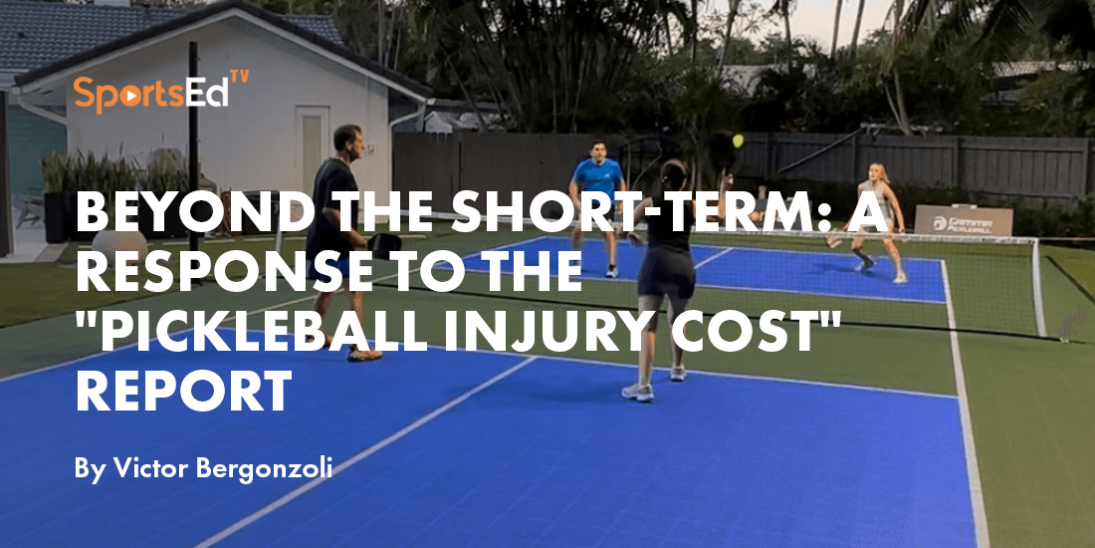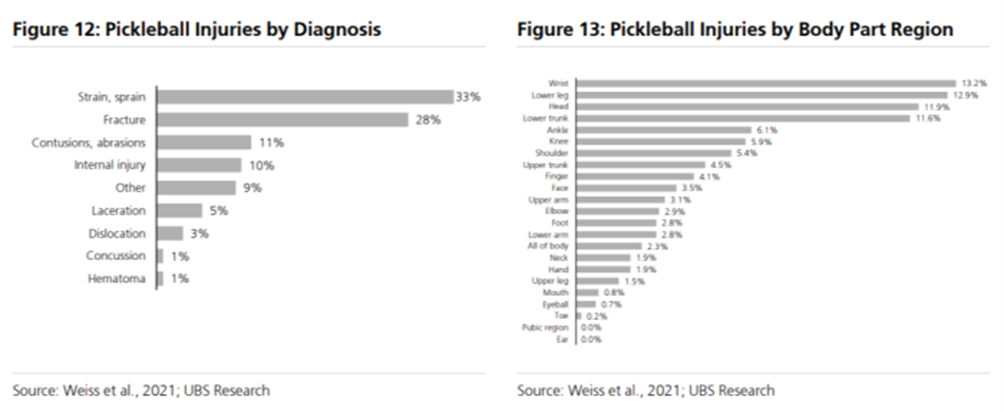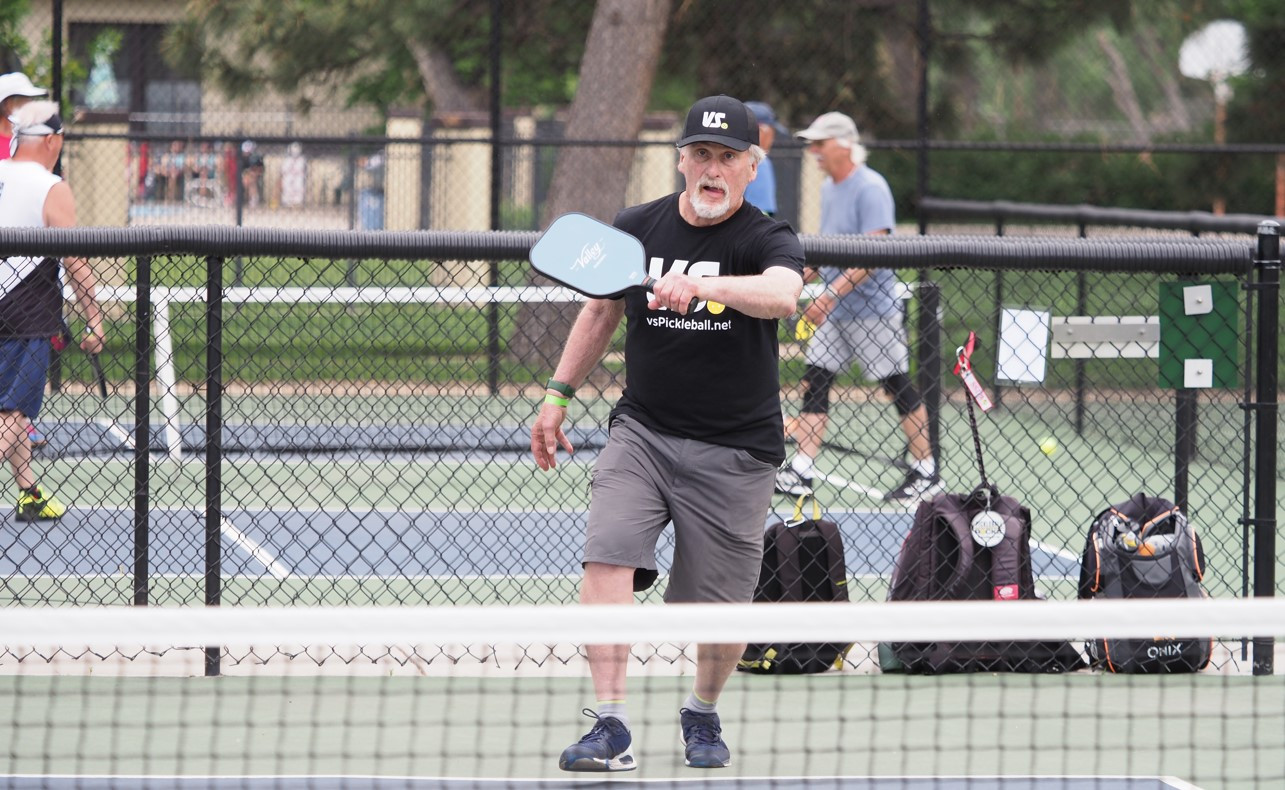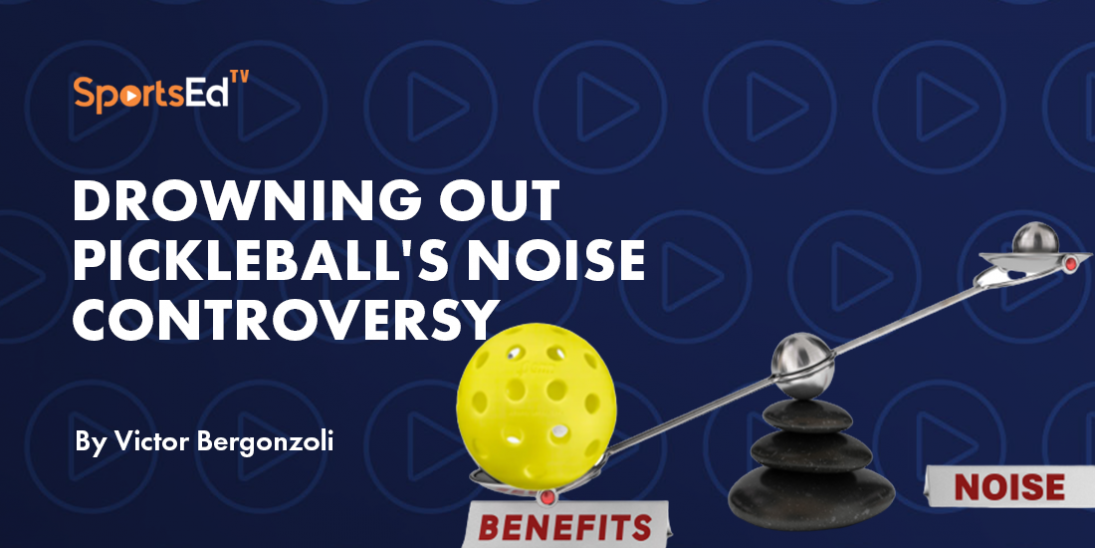Pickleball
Welcome and thanks for visiting...

Beyond the Short-Term: A Comprehensive Response to the "Pickleball Injury Cost" Report

The recent Bloomberg article highlighting that pickleball injuries may cost Americans nearly $400 million this year, according to a UBS study, provides an eye-opening perspective on the financial implications of this rapidly growing sport. However, it's essential to broaden our view and consider not only the immediate costs associated with such injuries but also the long-term health benefits and potential cost savings that come with an active lifestyle.
This UBS study relies heavily on findings from earlier research which reveal that about 0.27% of pickleball players end up in emergency departments, primarily those aged 60 and above. Strains, sprains, and fractures, specifically in the wrist and lower leg, constitute the majority of these injuries. While these statistics might seem concerning at first glance, they require a more in-depth analysis within a broader context.

Taking into consideration chronic conditions, mostly resulting from a sedentary lifestyle, it becomes apparent that their related healthcare costs significantly outweigh the costs associated with pickleball injuries. The CDC reports that obesity alone costs the U.S. healthcare system nearly $173 billion a year. The annual financial burden of cardiovascular diseases is even more alarming, amounting to around $407 billion. Adding to these, the enormous costs and societal impact of untreated and underdiagnosed depression among older adults further underline the importance of maintaining an active lifestyle.
When seen against this backdrop, the $400 million figure linked to pickleball injuries pales in comparison.
Pickleball is a paddle sport that has been gaining popularity for its accessibility, sociability, and relative physical gentleness compared to other sports, making it an ideal activity for middle-aged and older adults. The potential of pickleball in combating the negative health implications of inactivity is significant. According to an American Council on Exercise (ACE) study, regular participation in pickleball satisfies the exercise intensity guidelines for enhancing and maintaining cardiorespiratory fitness, with an average caloric expenditure of roughly 350 calories per hour of play. This form of physical activity can substantially mitigate the risk of obesity, cardiovascular diseases, and other lifestyle-related conditions, thus saving billions of dollars in long-term healthcare costs.

However, it's also crucial to ensure player safety and minimize the risk of injuries through proper training. This can be achieved through strength and conditioning training, as a recent SportsEdTV blog post suggested, which could significantly reduce the chances of pickleball-related injuries. Implementing proper warm-up and cool-down routines, correct usage of equipment, and instruction on the right techniques can foster a safer environment for this sport.
Physical activity extends its benefits beyond mere physical health. Regular exercise plays a vital role in maintaining mental health, which is particularly crucial for older adults susceptible to depression. Engaging in sports like pickleball also provides an opportunity for social interaction, joy, and a sense of community, which significantly contribute to overall well-being. This is best illustrated in an article titled "Pickleball Saved My Life" by Sophie Chiche, who shares her transformative journey from obesity to becoming an athlete thanks to pickleball. She highlights the physical and mental health benefits she experienced, underlining the critical role of physical activity in living a fulfilling life.
While the $400 million related to pickleball injuries is a significant figure, we shouldn't lose sight of the broader perspective. By encouraging regular physical activity and ensuring safety measures, we can leverage sports like pickleball to counteract far greater healthcare costs in the long run.
In conclusion, recognizing and addressing the costs linked to pickleball injuries is important. Still, it's equally crucial to consider the potential savings—both financially and in terms of public health—that can be achieved through regular physical activity. Discouraging Americans from a sport they enjoy is not the answer. Instead, providing necessary training and education to ensure safe play should be the priority. Let's expand our view to the long-term perspective and appreciate the impact of an active lifestyle.
Health, after all, is a marathon, not a sprint.









